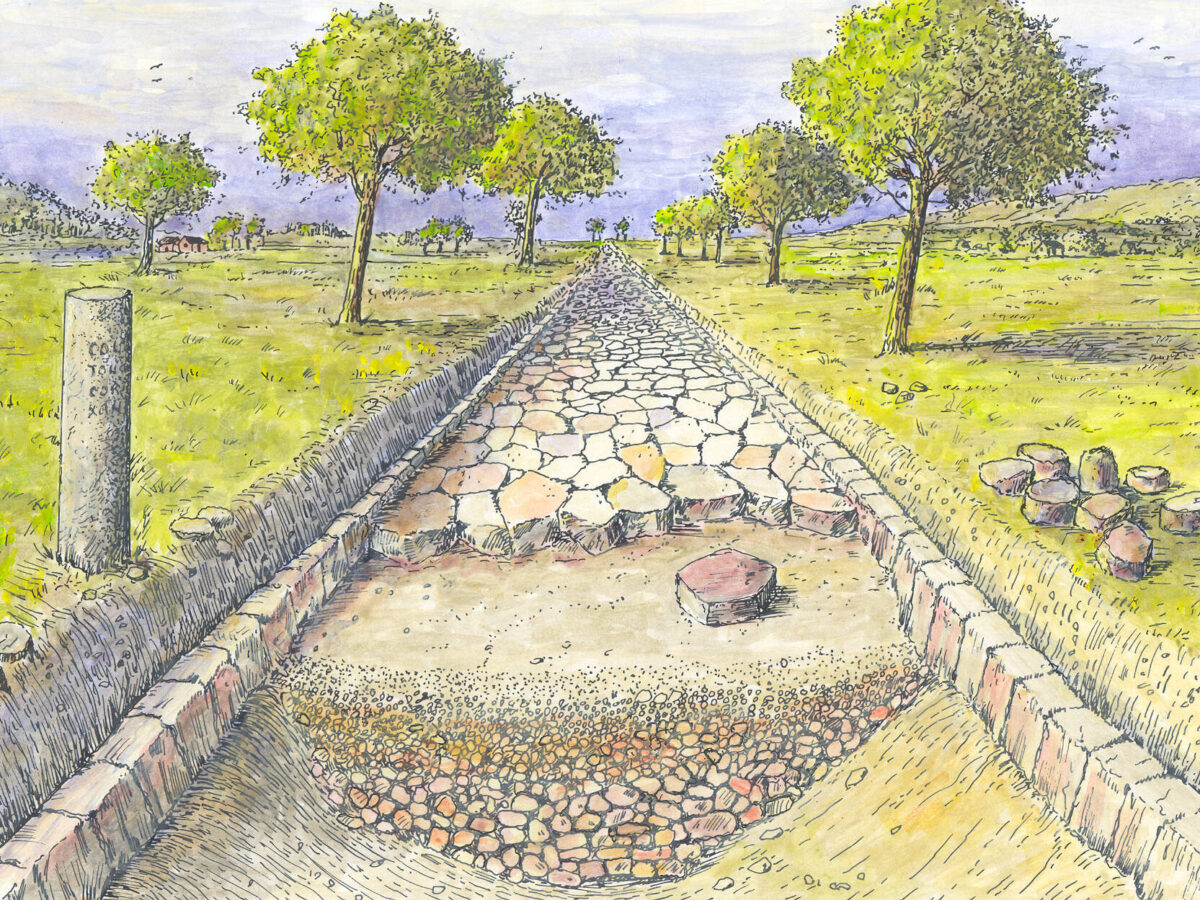The Via Belgica as a True Marathon
Author: Harry Lindelauf
Photography: Marathon Via Belgica
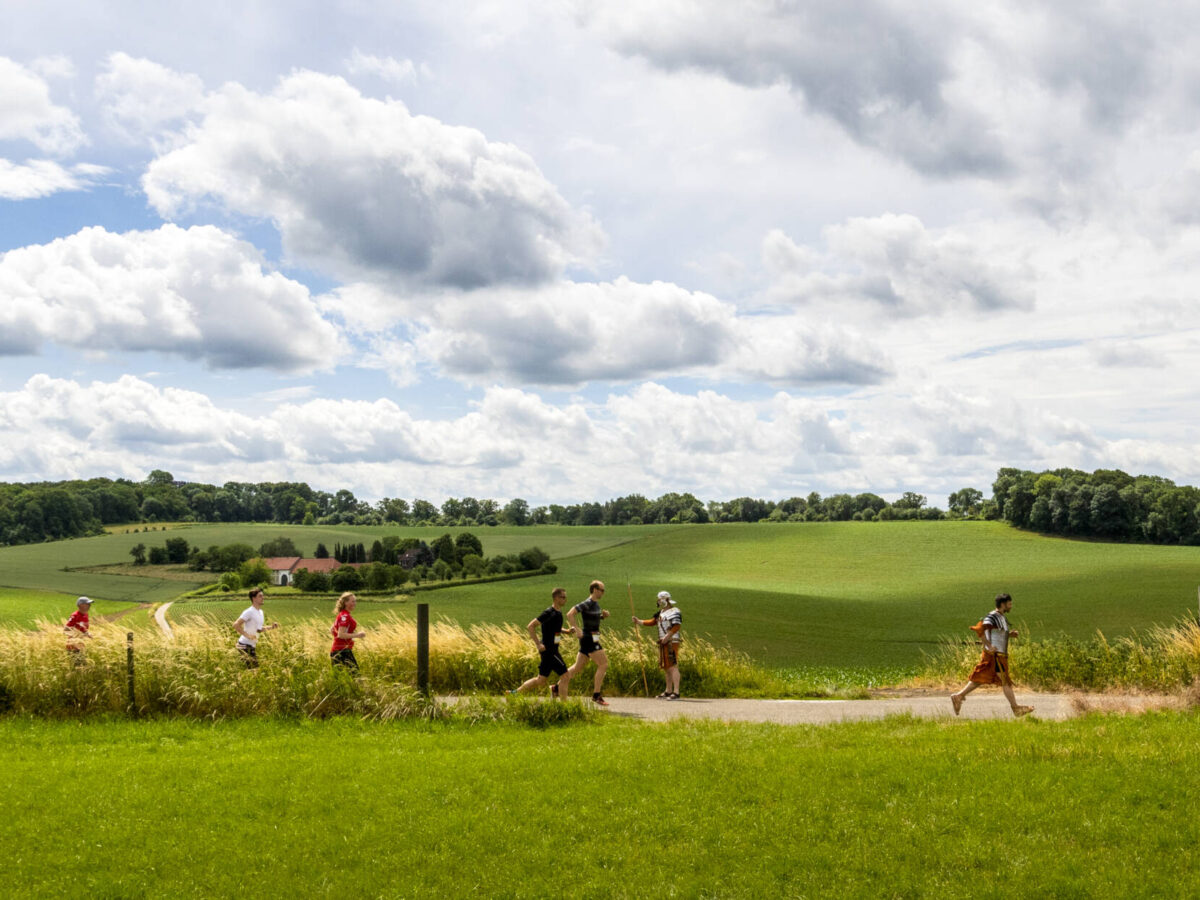
In Roman times, the journey from the bridge over the Worm near Rimburg to the bridge over the Meuse in Maastricht would have taken a full day of steady walking. Nowadays, you can hike the route in stages — but it can also be done more sportively: the fastest runners of the Via Belgica Marathon on Sunday, May 25, will need no more than 2.5 to 3 hours.
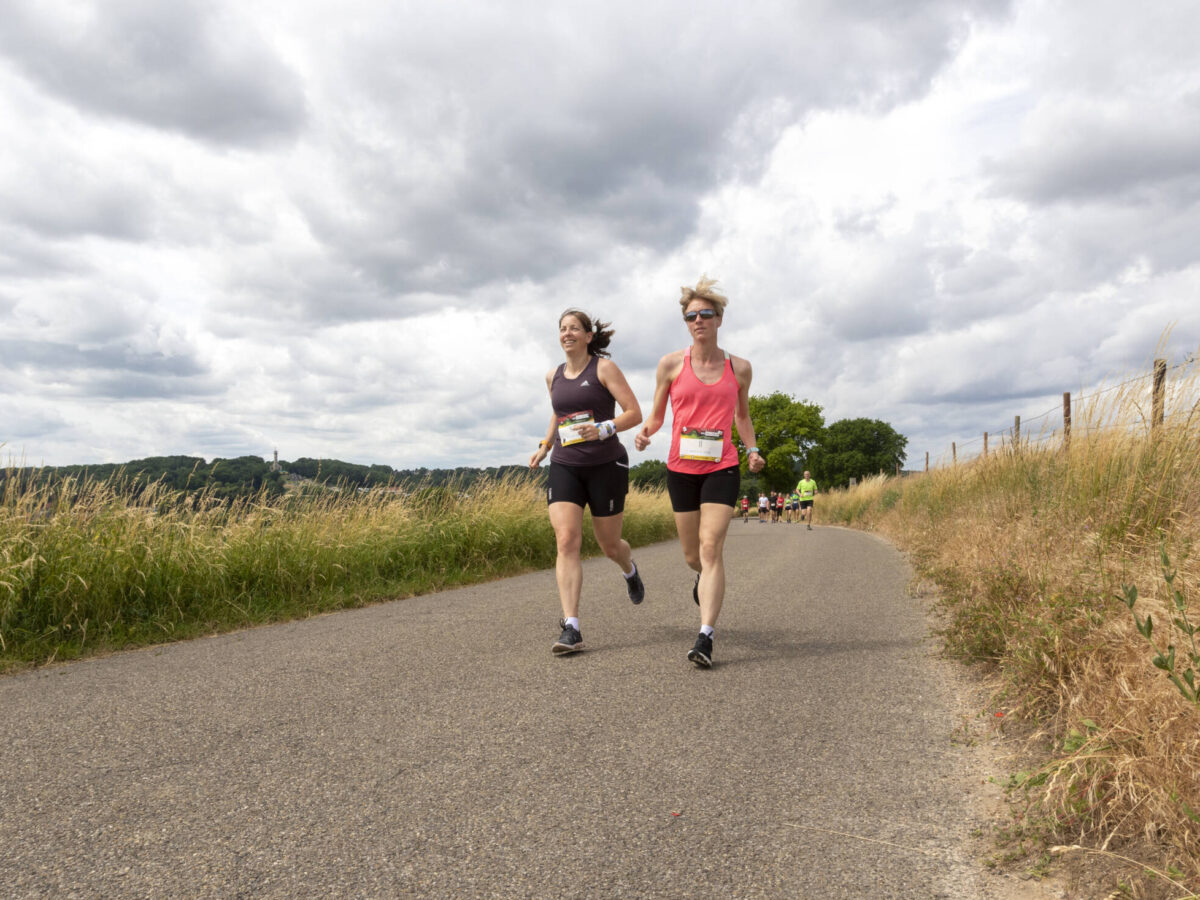
The third edition of the marathon starts at 10 a.m. in Rimburg, at the spot where the modern version of the Via Belgica route crosses the Worm and the German-Dutch border. From there, the route goes to Snowworld in Landgraaf and through the Caumerbeek Valley to Coriovallum, or modern-day Heerlen. As a tribute, the route passes the Roman bathhouse and continues to the site on Steinweg in Voerendaal, where the remains of the large Roman villa Ten Hove were discovered.
Goudsberg
From Voerendaal, the route climbs via Craubeek, Termaar, and Koulen to the Goudsberg. This is where the foundation of a Roman tower was found — probably a watchtower that allowed the Romans to oversee activity in the Geul valley.
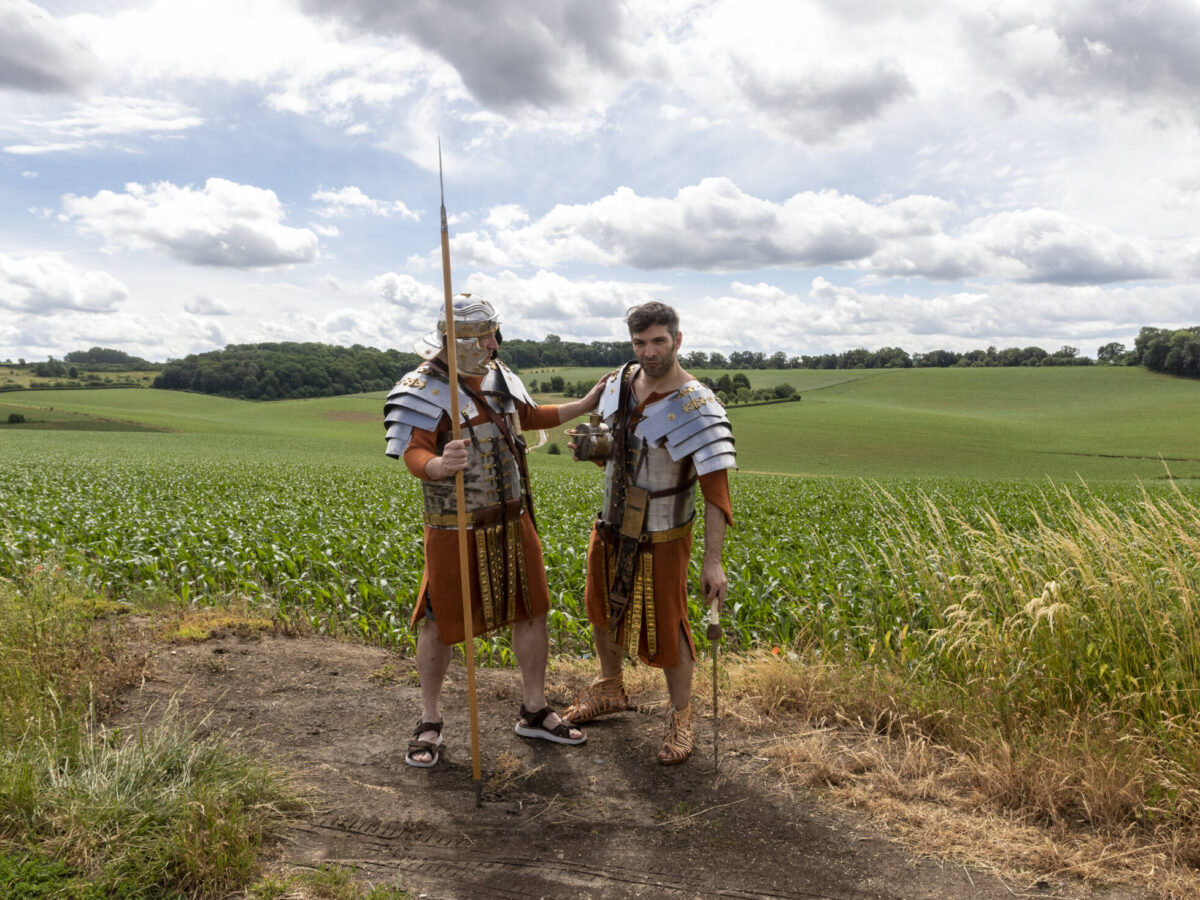
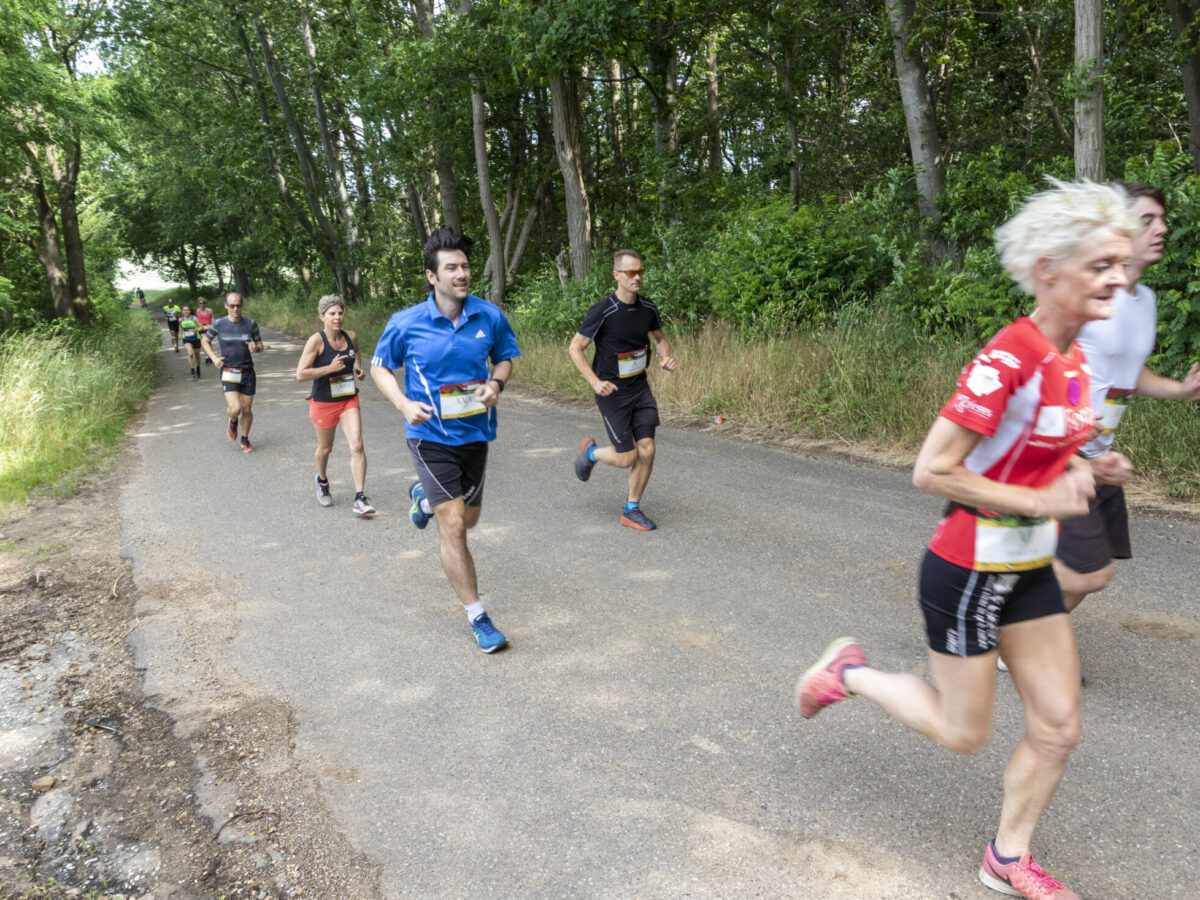
Calf-Burner
What goes up must come down: runners descend to a footpath along the Geul in Valkenburg. In Geulhem lies the greatest challenge — the “calf-burner,” with a 60-meter climb up to Berg en Terblijt. After that, the course continues toward Maastricht. The finish line is on the ancient Servaas Bridge — exactly 42.195 km, just a few dozen meters from where a Roman bridge once crossed the Meuse.

